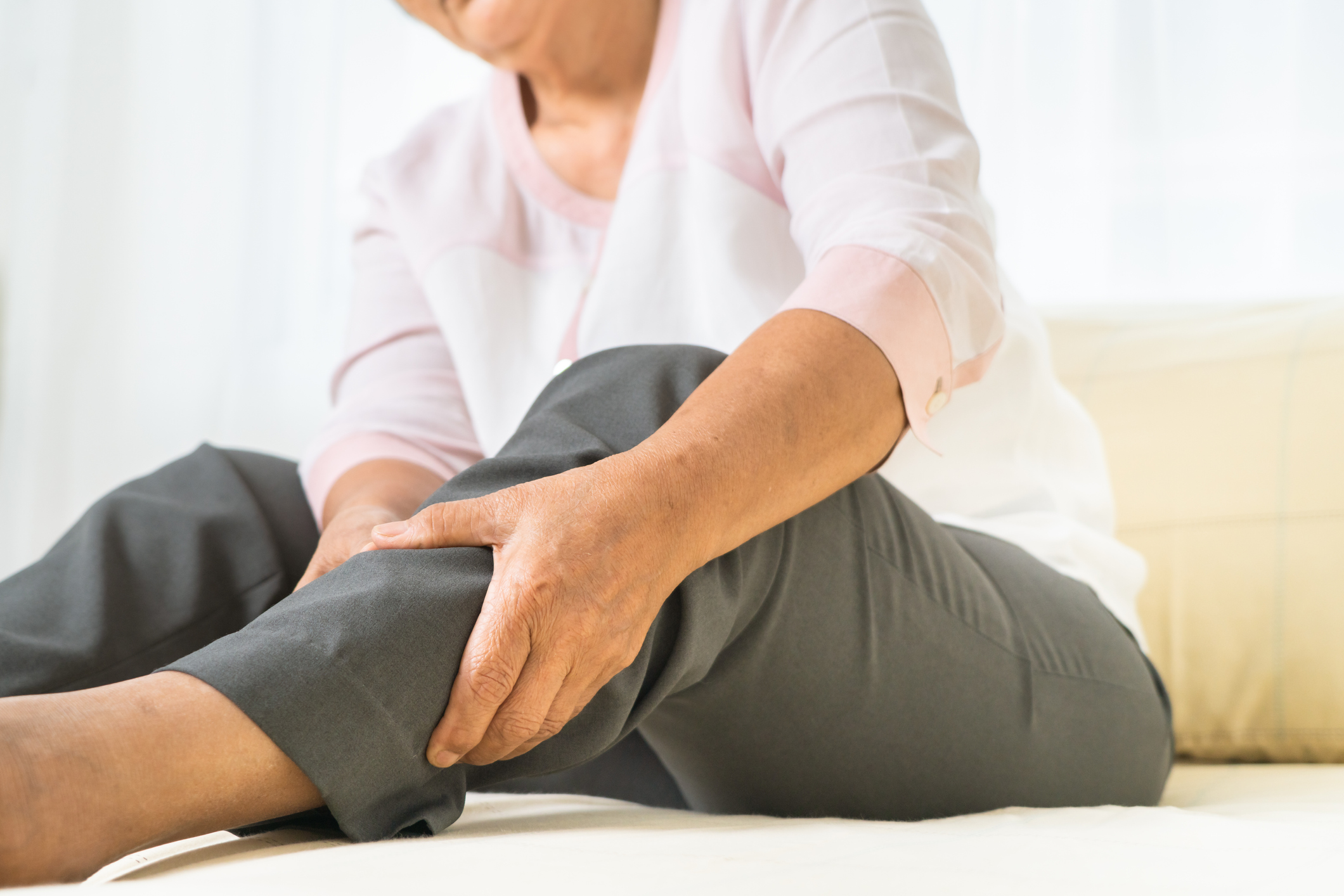Author: John Ortega

"Pain in the back of your legs when you are walking is one o the most common symptoms of PAD. The pain and cramping is due to lack of oxygen getting to the muscles."
Peripheral artery disease (PAD) is a circulatory condition that occurs when narrowed arteries in the body reduce blood flow to a person’s limbs. The narrowing often occurs when fatty deposits attach to the walls of a peripheral artery, causing it to harden, and leads to a disease called atherosclerosis.
“Pain in the back of your legs when you are walking is one of the most common symptoms of PAD,” said Joseph Cotroneo, M.D., of McLaren Cardiothoracic and Vascular Surgeons. “The pain and cramping is due to a lack of oxygen getting to the muscles.”
PAD affects more than 10 million people in the U.S. according to the Society for Vascular Surgery, particularly those who are 65 years of age or older and have a history of smoking, diabetes, or high cholesterol and triglycerides. The narrowing of arteries that occurs with the disease can increase the risk of a person having sores or wounds on their legs, feet, or toes that do not heal, and can lead to severe cases in which a lower limb is amputated because the flow of blood to an area has resulted in gangrene.
Despite the potential seriousness of PAD, many people with the condition do not realize they have it because they attribute symptoms such as pain in their legs while walking to aging. Other PAD indicators are pain in the feet or legs severe enough to awaken someone from their sleep, decreased or no hair growth on the feet or legs, a lower leg or foot that is cool to the touch or has shiny skin, a leg or foot that appears pale when raised and bluish or purplish when hanging down, and numbness or tingling in the feet or legs.
“A lot of people write off certain things to getting old,” said Dr. Cotroneo. “But when you talk to them and ask about what’s going on with things such as leg pain when they’re walking, you find they have been experiencing the symptoms for a while.”
If a patient is a smoker, or has diabetes, high blood pressure, high cholesterol, or restricted blood flow in other parts of their body, a doctor will often recommend they undergo an ankle brachial index (ABI) test to check for PAD. This procedure measures the blood pressure at your ankle at the same time as the blood pressure in your arm. A big difference between the two measurements could indicate the patient has PAD and may lead to an ultrasound or angiography to view the arteries in the legs for blockages.
“We have nothing that can get rid of plaque in your arteries,” said Dr. Cotroneo. “But if the blockage is mild or moderate, exercise can help dilate the little blood vessels that are found throughout your body. Getting these blood vessels to dilate can be critical because it allows more blood to work around the blockage and get to where it is needed.”
People who are at risk for PAD and have a wound or sore on their legs, feet, or toes that will not heal should contact McLaren Greater Lansing’s Wound Care and Hyperbaric Center. Specialists there can provide care that could reduce healing times, increase healing rates, and significantly lower the chances of a lower limb needing to be amputated.
Undergoing an annual physical examination is a good way to address potential PAD issues and prevent them from becoming severe. Click here for a list of primary care physicians at McLaren Greater Lansing who are accepting new patients within four weeks or less.